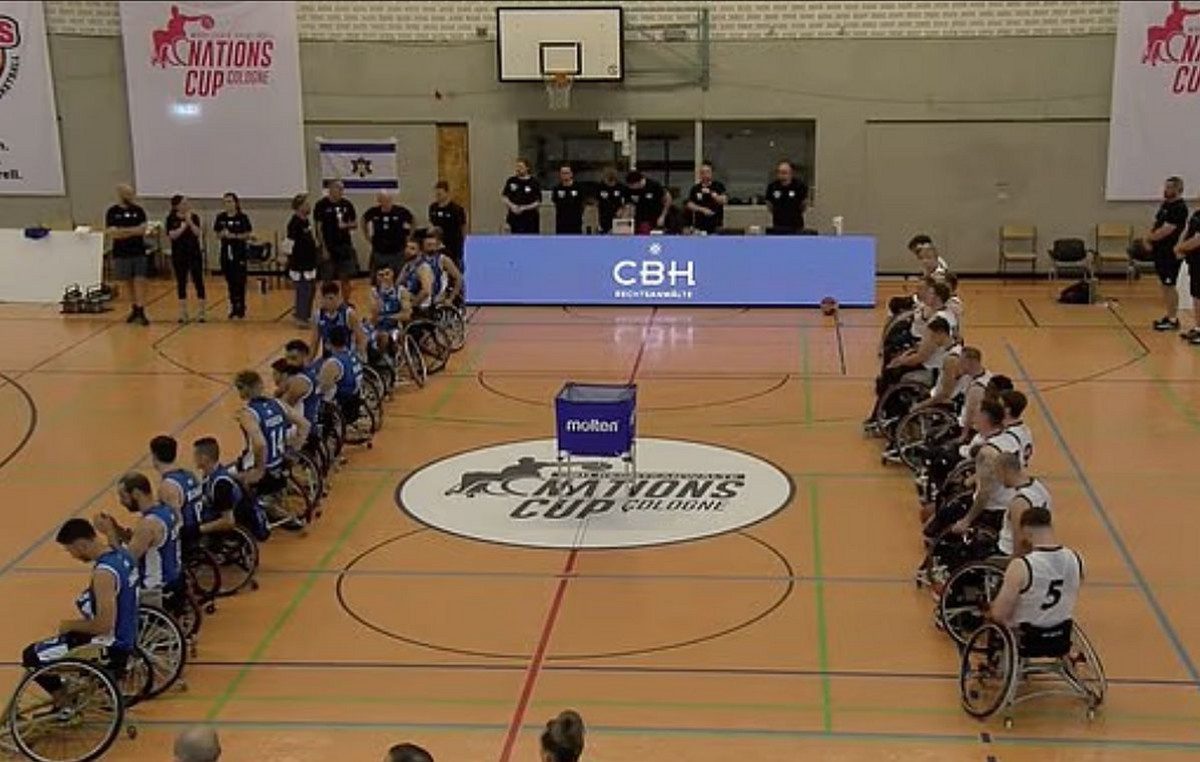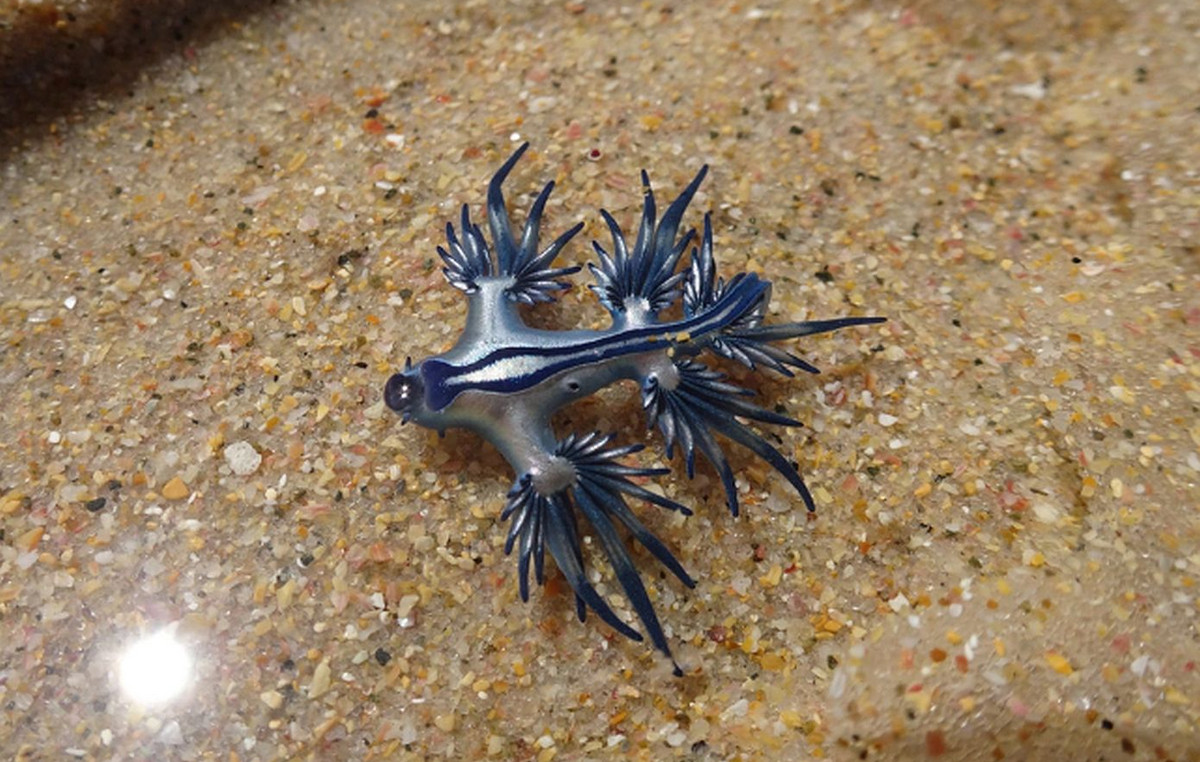Hepatitis is an inflammation of the liver and is often contracted through the hepatitis virus, of which there are five main types: A, B, C, D and E.
In childhood, hepatitis A is the most common. Delcides Neto, professor of pediatrics at the Federal University of Tocantins (UFT), told CNN that it is “possible to avoid new cases from the moment that there is hand hygiene, having a good basic sanitation network, with running water and sewage network”.
The pediatrician explains that contamination is usually oral or fecal, and children can contract the disease from contaminated food.
He highlights that, if these cases investigated in several countries around the world are indeed caused by adenovirus, the precautionary measures would be the same as for Covid – as it is a respiratory virus.
“There is little care in this regard, because in some places we continue to use a mask, wash our hands and use alcohol gel. And in that sense [da hepatite] It wouldn’t be different,” said the professor.
When to see the doctor
In most cases, viral hepatitis are silent diseases that show no signs over the years. Usually, the disease is already in a more advanced stage when the signs appear.
The most common are fever, weakness, abdominal pain, nausea, nausea, vomiting, loss of appetite, dark urine, yellow eyes and skin (jaundice), and whitish stools.
As the symptoms can be confused with other diseases, Neto explains that usually cases of hepatitis can go unnoticed, just like a case of the flu. In other cases there is fever, body pain and malaise.
“When there are these cases of cold, high fever for more than two days, it’s time to look for the doctor. If hepatitis is suspected, there will be serology, liver function tests and so on,” said the pediatrician.
According to the pediatrician, depending on the degree of defense of the organism or the virulence of the virus, it can enter in the case of liver failure – requiring a liver transplant in the most serious cases.
“Usually they are lighter frames, recovery is smoother. In cases of hepatitis A, which is the most common, most often it has a benign course,” he said.
Cases of childhood hepatitis in Brazil and in the World
At a press conference on Tuesday, Philippa Easterbrook, of the World Health Organization’s (WHO) global hepatitis program, told reporters that the organization had received at least 348 probable cases of acute childhood hepatitis, with 70 under investigation. , in more than 20 countries.
According to Easterbrook, the UK leads in cases with around 163, and only six countries are reporting more than five cases.
“I think it’s important to point out that there are currently only six countries that are reporting more than five cases. All other countries have less than five cases,” she said.
In Brazil, Ministry of Health data show 28 suspected cases of the disease, two in the state of Espírito Santo, four in Minas Gerais, two in Pernambuco, three in Paraná, seven in Rio de Janeiro, two in Santa Catarina and eight in São Paul.
Despite the increase in cases, infectious disease specialist Marco Aurélio Sáfadi, president of the Department of Infectious Diseases of the Brazilian Society of Pediatrics, told CNN that “there is no need for alarm. However, it is important to pay attention to the symptoms of childhood hepatitis.”
unknown causes
The mysterious cases of acute liver disease that affect, in particular, young children and have intrigued health experts all over.
In the 348 cases reported by the WHO, what happens is that so far, it was not possible to identify a causative agent in common between them, because the tests showed no signs of these types of viruses.
Easterbrook said the WHO is investigating the main hypotheses, which remain those involving an adenovirus — a common family of infections responsible for illnesses such as colds and eye infections.
Neto the firm that the number of cases is not considered high and highlights that the problem is not knowing the origin of the infections.
“The fact that we do not know the causative agent alarms the whole world. When the agents that cause hepatitis are investigated, the tests are negative. So, it causes some strangeness and increased surveillance.”
Some speculations about the link to the Covid-19 vaccine have been raised. The UK Health Safety Agency (UKHSA) he said that there is no evidence of any link with the coronavirus vaccine.
This suggests that the majority of cases occurred in children under five years of age, who are too young to receive the immunizer.
The WHO’s Easterbrook said, however, that next week’s focus is on looking at serological tests for previous exposure and Covid infections. “An important consideration is the role of Covid, whether as a co-infection or a past infection,” Easterbrook said.
Sáfadi said there is no relationship between cases of acute childhood hepatitis and the Covid-19 vaccine.
“Three-quarters of cases occurred under 5 years of age in Europe and the United States, in the age group for which there is no indication for vaccines in these countries. Even in the group of older children, who could eventually be vaccinated, most were not. If there is any conviction at this moment, it is that there is no relationship between these cases [hepatite] with Covid-19”, he said.
For Neto, from UFT, it is still too early to speculate. “So far there is no conclusion. We have to wait for the studies to run and the authorities to manifest themselves.”
Source: CNN Brasil







